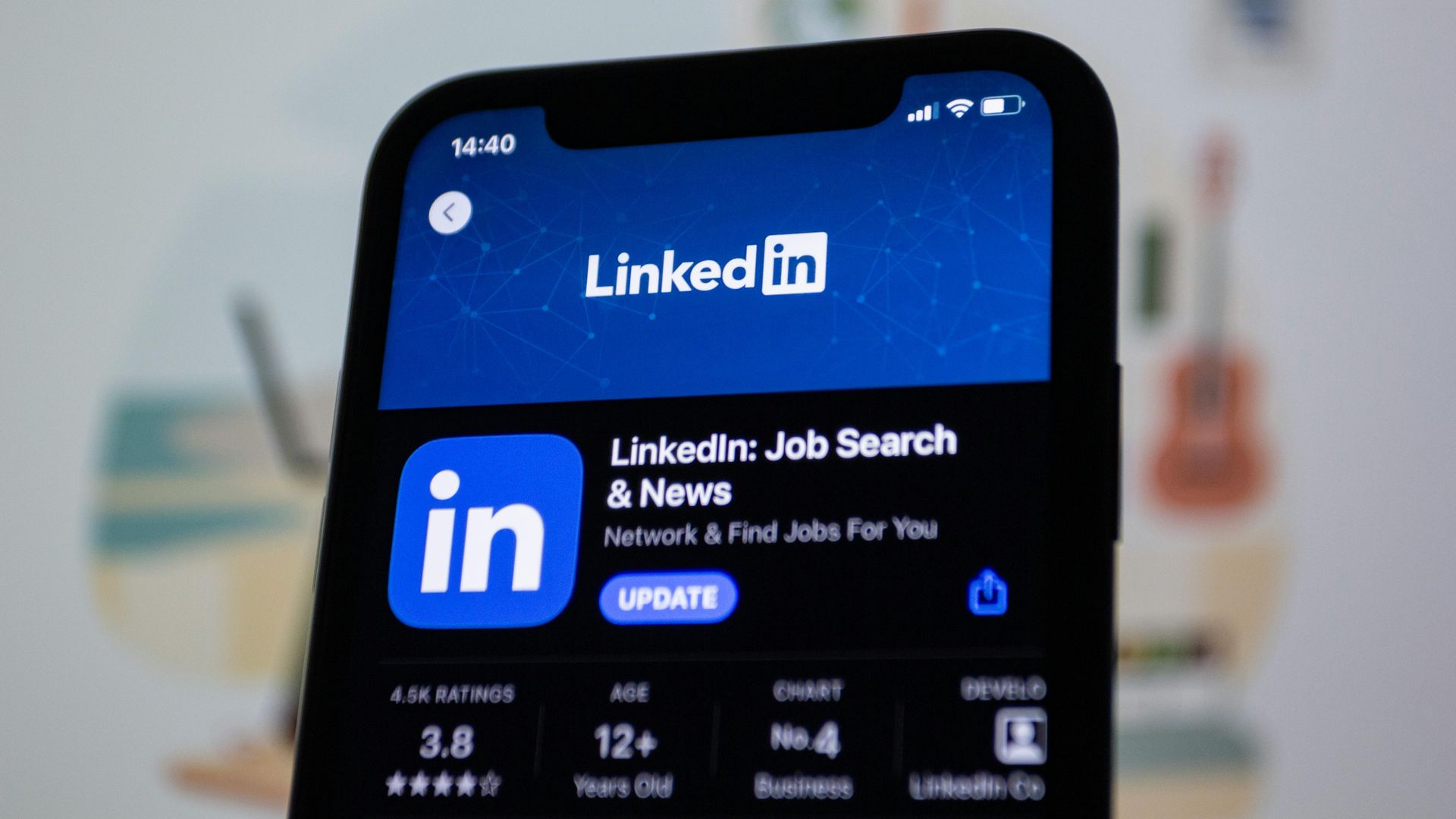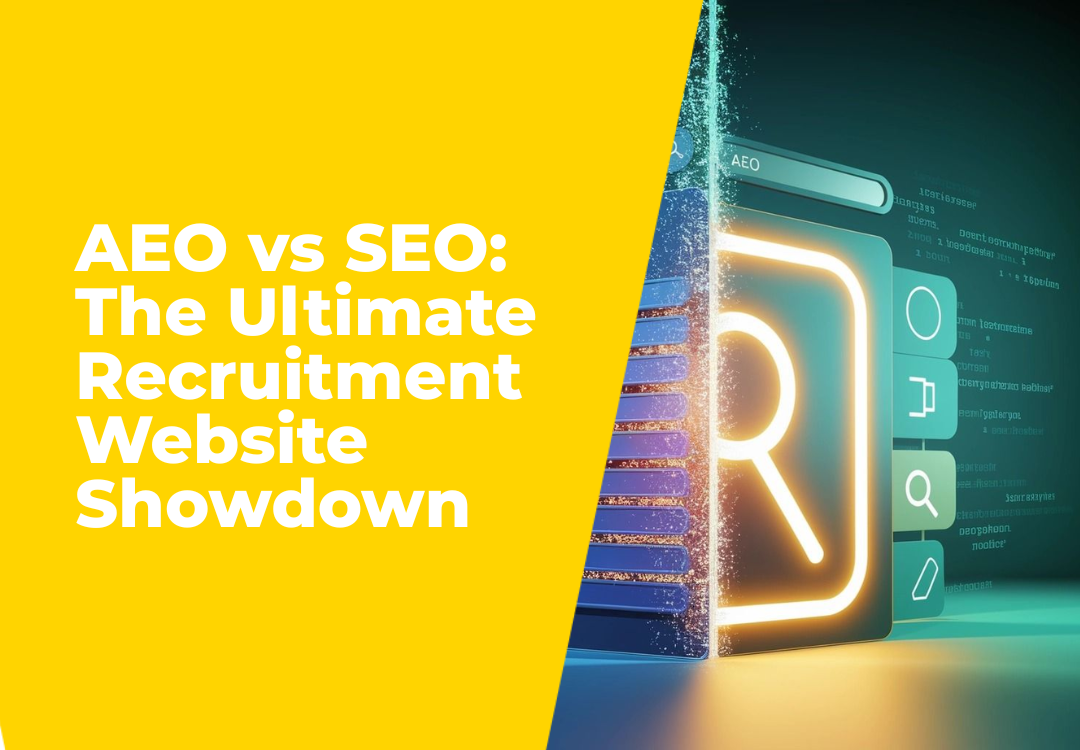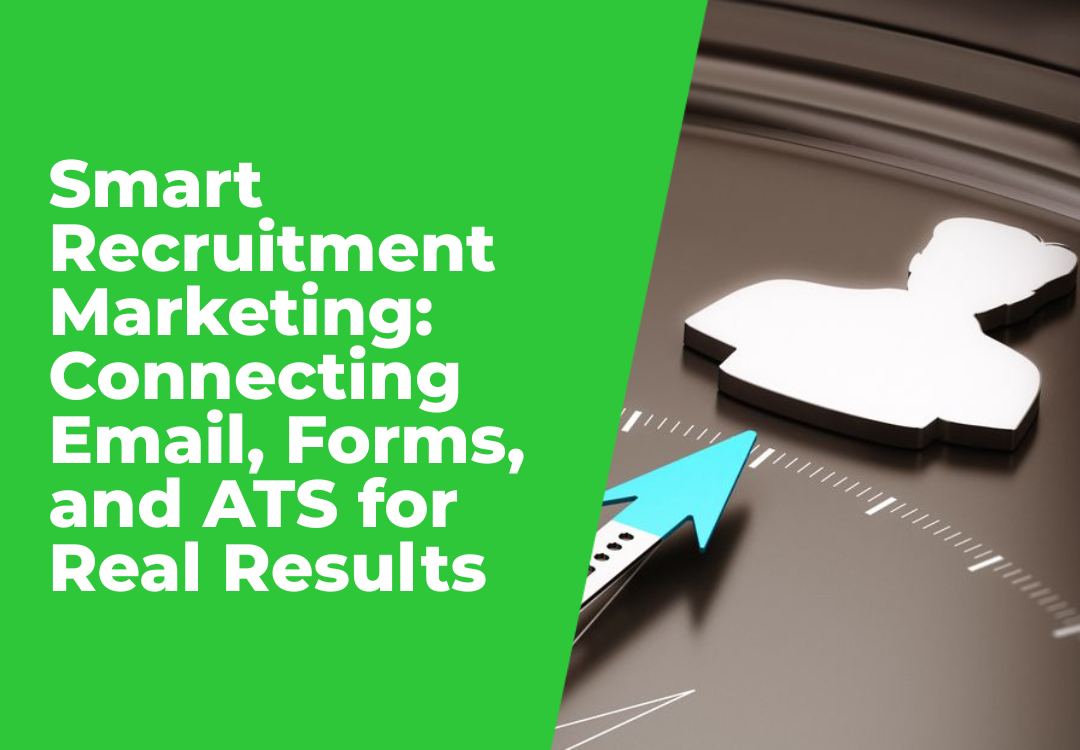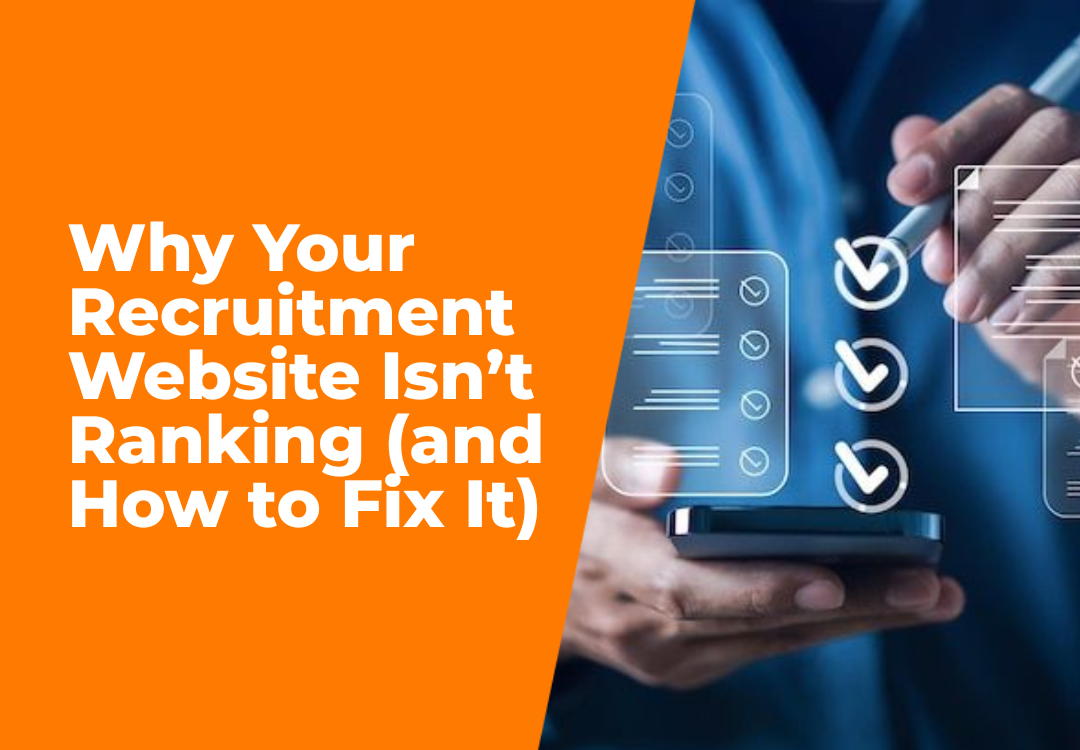Are you Taking Full Advantage of your FREE Google Business Listing
Paul Williamson • August 29, 2023
The Power of Google for Business Listing: Unlocking Success for Your Business!

A solid online presence is crucial for any business's success in today's fast-paced digital landscape. As customers increasingly turn to the internet to discover and engage with brands, harnessing the potential of platforms like
Google for Business Listing
becomes paramount. This blog will explore the importance of using
Google for Business Listing
and how it can significantly impact your company's growth and reputation.
Google is the go-to search engine for millions of people worldwide. Creating and optimising your Google for Business Listing instantly elevates your brand's visibility in local and global searches. When potential customers search for products or services relevant to your business, your listing will appear, allowing you to capture their attention and drive traffic to your website or physical interaction.
Customers tend to trust businesses that are easily accessible online. A well-maintained Google for Business Listing displays essential information such as your address, phone number, website, operating hours, and customer reviews. Verified details and positive reviews build credibility and confidence in potential customers, encouraging them to choose your business over competitors.
Google for Business Listing significantly impacts local search engine optimisation ( SEO ). When users search for businesses in their vicinity, Google's algorithm favours verified and well-optimized listings. As a result, your company's visibility in local searches increases, helping you attract nearby customers who are more likely to convert into leads and sales.
Interacting with your customers is integral to building a solid brand reputation. Google for Business Listing allows customers to leave reviews, ask questions, and get quick answers from you or your team. I'd like to point out that quickly responding to queries and addressing feedback shows excellent customer service and fosters a positive relationship with your audience.
A picture is worth a thousand words, and images and videos on Google for Business Listing can significantly impact how potential customers perceive your brand: Utilise high-quality visuals that showcase your products, services, and the overall ambience of your establishment. Visual content can help you stand out in search results and entice users to explore more about your business.
Google provides valuable insights and analytics related to your listing's performance. You can gain valuable data about user behaviour, search queries, and customer actions. This information helps you understand what works well and what needs improvement, allowing you to refine your marketing strategies for better results.
In an era where mobile devices dominate internet usage, having a well-optimized Google for Business Listing ensures that potential customers on the go can easily find and engage with your business. Mobile users can access essential information about your company with just a few taps, leading to increased foot traffic and conversions.
Creating and maintaining a Google for Business Listing is entirely free. It offers a budget-friendly marketing opportunity for small and medium-sized businesses to increase their online presence, reach a broader audience, and compete with larger enterprises without substantial investments.
Embracing the power of Google for Business Listing is essential for businesses of all sizes. It enables you to connect with your target audience, improve local and global visibility, build trust, and drive customers to your doors. By optimising your listing and engaging with customers, you position your brand for long-term success in today's digital-driven world. Start now and watch your business flourish in the vast digital landscape. Shazamme has several products to assist with managing multiple social media accounts , including your Google Business Listing, and anything you post on socials should be included in this listing.
Remember, you need a solid brand online to drive social engagement, and it all starts with your recruitment website . If you want to know the tips and tricks for amplifying your success online, please reach out to learn more; we love educating the industry.
www.shazamme.com
Enhanced Visibility and Reach
Google is the go-to search engine for millions of people worldwide. Creating and optimising your Google for Business Listing instantly elevates your brand's visibility in local and global searches. When potential customers search for products or services relevant to your business, your listing will appear, allowing you to capture their attention and drive traffic to your website or physical interaction.
Establish Trust and Credibility
Customers tend to trust businesses that are easily accessible online. A well-maintained Google for Business Listing displays essential information such as your address, phone number, website, operating hours, and customer reviews. Verified details and positive reviews build credibility and confidence in potential customers, encouraging them to choose your business over competitors.
Improve Local
SEO
and Ranking
Google for Business Listing significantly impacts local search engine optimisation ( SEO ). When users search for businesses in their vicinity, Google's algorithm favours verified and well-optimized listings. As a result, your company's visibility in local searches increases, helping you attract nearby customers who are more likely to convert into leads and sales.
Customer Engagement and Interaction:
Interacting with your customers is integral to building a solid brand reputation. Google for Business Listing allows customers to leave reviews, ask questions, and get quick answers from you or your team. I'd like to point out that quickly responding to queries and addressing feedback shows excellent customer service and fosters a positive relationship with your audience.
Stand Out with Visual Content:
A picture is worth a thousand words, and images and videos on Google for Business Listing can significantly impact how potential customers perceive your brand: Utilise high-quality visuals that showcase your products, services, and the overall ambience of your establishment. Visual content can help you stand out in search results and entice users to explore more about your business.
Leverage Google Insights and
Analytics
:
Google provides valuable insights and analytics related to your listing's performance. You can gain valuable data about user behaviour, search queries, and customer actions. This information helps you understand what works well and what needs improvement, allowing you to refine your marketing strategies for better results.
Mobile-Friendly Experience:
In an era where mobile devices dominate internet usage, having a well-optimized Google for Business Listing ensures that potential customers on the go can easily find and engage with your business. Mobile users can access essential information about your company with just a few taps, leading to increased foot traffic and conversions.
Cost-Effective Marketing Tool:
Creating and maintaining a Google for Business Listing is entirely free. It offers a budget-friendly marketing opportunity for small and medium-sized businesses to increase their online presence, reach a broader audience, and compete with larger enterprises without substantial investments.
Conclusion:
Embracing the power of Google for Business Listing is essential for businesses of all sizes. It enables you to connect with your target audience, improve local and global visibility, build trust, and drive customers to your doors. By optimising your listing and engaging with customers, you position your brand for long-term success in today's digital-driven world. Start now and watch your business flourish in the vast digital landscape. Shazamme has several products to assist with managing multiple social media accounts , including your Google Business Listing, and anything you post on socials should be included in this listing.
Remember, you need a solid brand online to drive social engagement, and it all starts with your recruitment website . If you want to know the tips and tricks for amplifying your success online, please reach out to learn more; we love educating the industry.
www.shazamme.com

By Nicole Clarke
•
October 28, 2025
How to Track Your LinkedIn Leads (and Finally See What’s Working) Most recruitment agencies post regularly on LinkedIn, but few actually know what’s working. You might get great engagement, but how do you know if those likes and clicks are turning into new clients or candidate enquiries? If you’re not tracking your leads, you’re flying blind. The good news is that it’s incredibly easy to fix. You just need a simple setup using UTM tracking and Google Analytics (GA4) . Here’s how to do it properly so you can see exactly which posts, people, and campaigns are driving real results. Step 1: Add UTM Links to Every LinkedIn Post Whenever you share a link on LinkedIn, whether it’s to a job, a blog, other content or a “book a demo” page etc you should add a little bit of tracking code at the end of your URL. This code is called a UTM , and it tells you exactly where your traffic came from once people land on your website. Example: https://www.xyzrecruitment.com/book-demo?utm_source=linkedin&utm_medium=social&utm_campaign=demo_launch&utm_content=post1 Here’s what each tag means: utm_source=linkedin → tells you the traffic came from LinkedIn utm_medium=social → identifies it as an organic social post utm_campaign=demo_launch → labels your specific campaign utm_content=post1 → helps you see which post or person shared it You can use Google’s free Campaign URL Builder to generate these in seconds. Step 2: Use Tagged Links in Every Post and Profile Once you’ve created your UTM-tagged links, use them everywhere you share links from LinkedIn: Company updates Recruiter and consultant posts LinkedIn articles or newsletters Comments and DMs If multiple people in your team are posting, give each person their own UTM content tag (for example: utm_content=sarah_post or utm_content=liam_article ) so you can easily see who’s driving the most traffic or conversions. Step 3: Track the Results in Google Analytics 4 With your UTM links live, it’s time to see what’s working. In Google Analytics (GA4) , go to: Reports → Acquisition → Traffic Acquisition Filter by: Source / Medium = linkedin / social Now you’ll see: How many visitors came from LinkedIn Which pages they viewed Whether they filled out a form, booked a demo, or applied for a role That’s how you finally connect your LinkedIn activity to actual business outcomes. Step 4: If You Run Paid Ads — Connect LinkedIn to GA4 If you’re also running LinkedIn Ads , connect your LinkedIn Campaign Manager to GA4 . This gives you the complete picture, not just clicks and impressions, but which ads and audiences are driving conversions. Step 5: Create a Simple Dashboard Once you’re tracking everything, pull it together in a Google Looker Studio (Data Studio) dashboard. You’ll get a clear visual of: Traffic from LinkedIn (organic + paid) Conversions by campaign Which recruiters generate the most leads Your overall ROI from LinkedIn It’s simple, visual, and finally gives you proof of what’s working. Why This Matters for Recruitment Agencies Without UTM tracking, your LinkedIn traffic shows up in Google Analytics as “direct” or “referral”, which tells you nothing. With proper tracking, you’ll know: Which campaigns or posts bring in new client leads Which recruiters or consultants drive the most engagement What content types actually convert It’s not about guessing, it’s about growing with real data. Quick Recap Step 1: Add UTM links to every LinkedIn post — Tracks traffic accurately Step 2: Use consistent naming — Keeps your data clean Step 3: Check GA4 reports — See conversions clearly Step 4: Connect LinkedIn Ads — Measure full ROI Step 5: Build a dashboard — See what’s working at a glance Final Tip Consistency is key! One untagged link can throw off your data. Once you start tracking properly, you’ll quickly see which content drives leads and where to focus your marketing energy next. If you’d like help setting up UTM links or building a simple LinkedIn-to-GA4 dashboard, contact the team at www.shazamme.com we can show you exactly how to do it right!








